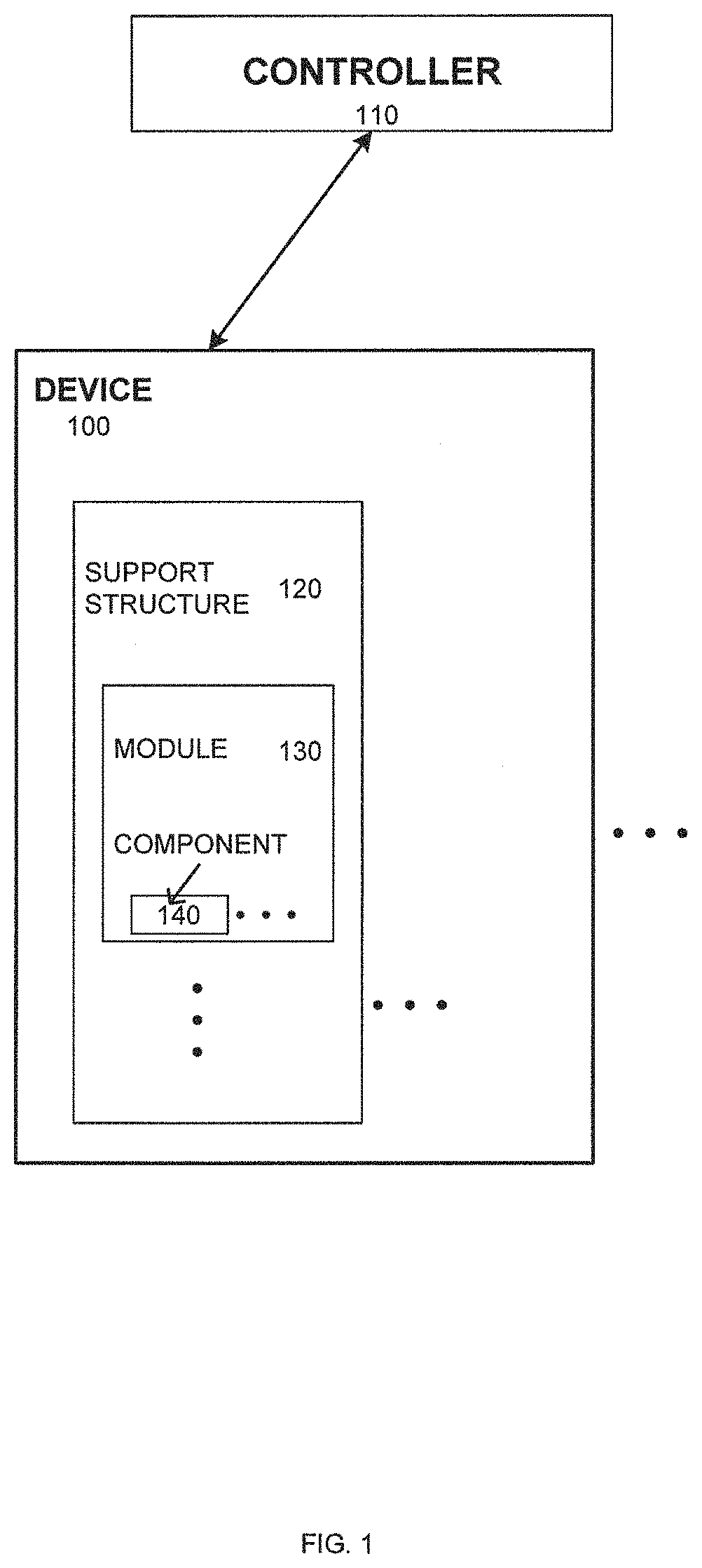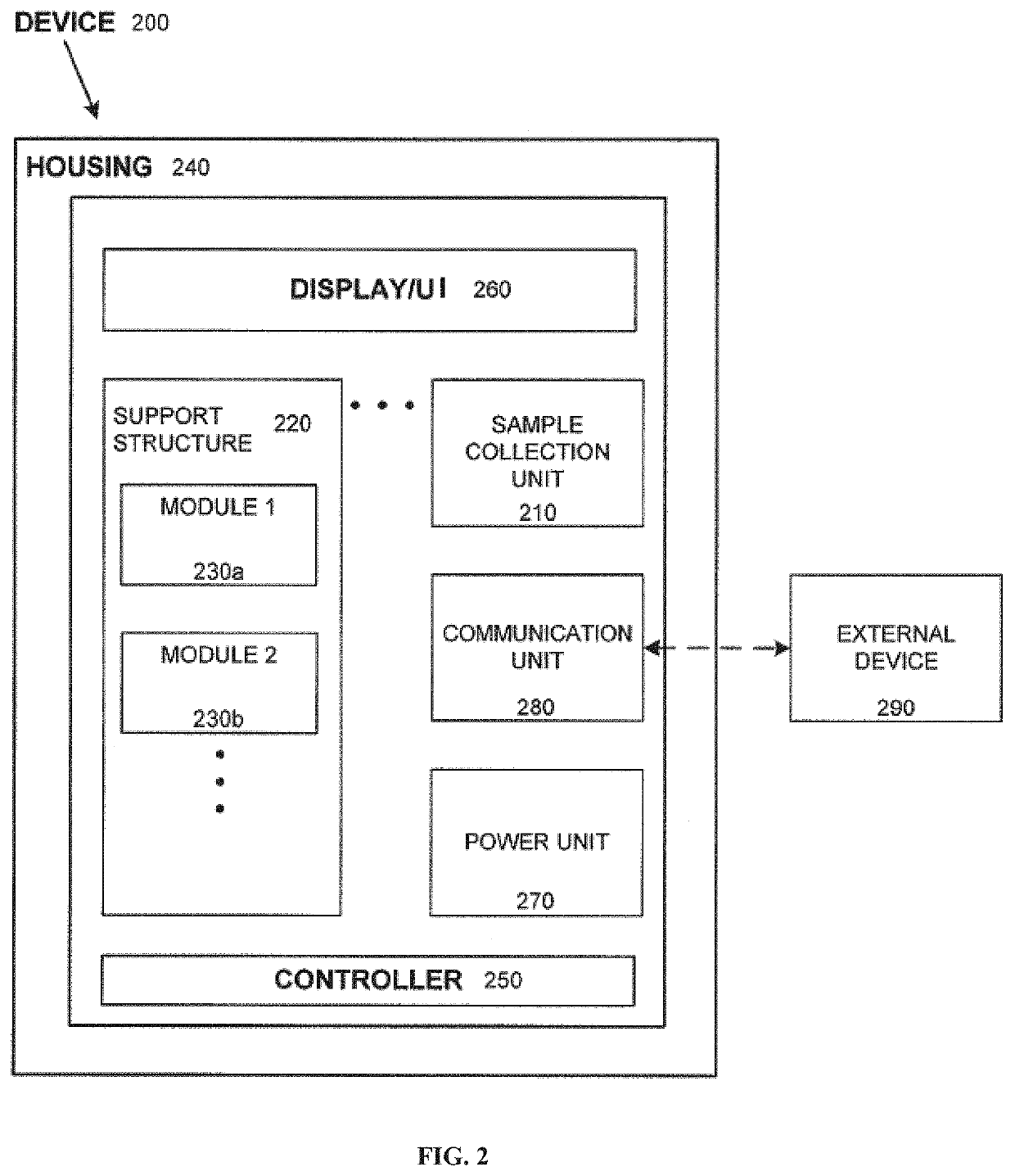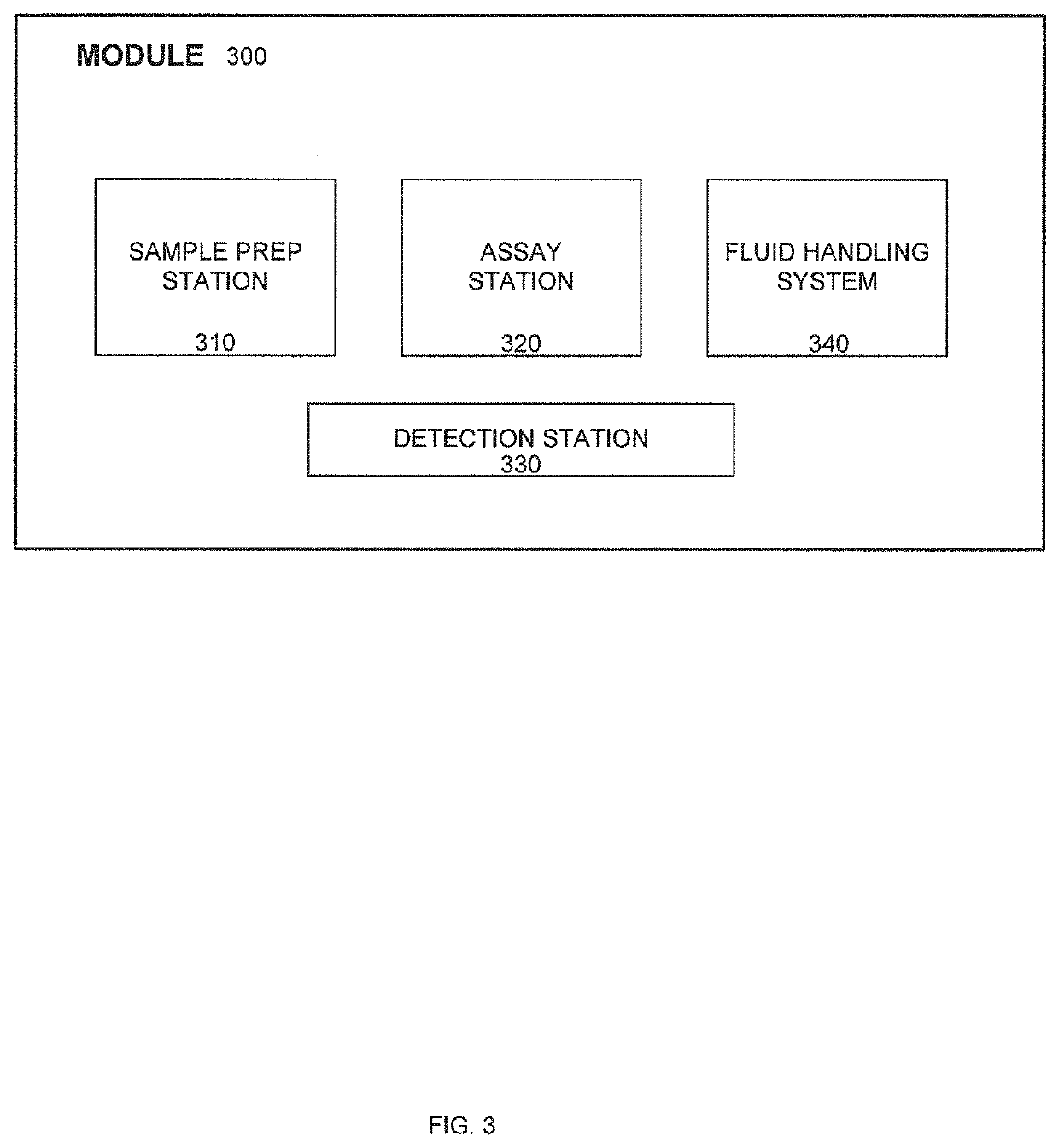Systems and methods for multi-analysis
a multi-analysis and system technology, applied in the field of systems and methods for multi-analysis, can solve the problems of limiting the quality and utility and affecting the quality of the data itself, and affecting the quality of the data
- Summary
- Abstract
- Description
- Claims
- Application Information
AI Technical Summary
Benefits of technology
Problems solved by technology
Method used
Image
Examples
example 1
nd Lipid Panel
[1948]A fingerstick was used to release blood from a subject. 120 microliters of the released whole blood was collected and mixed with an anti-coagulant (EDTA or heparin—80 microliters with EDTA and 40 microliters with heparin), and transferred to two separate vessels for the two different anti-coagulant-containing samples.
[1949]Both vessels were loaded into a cartridge containing multiple fluidically isolated reagents, vessels, and tips. The cartridge was loaded into a device provided herein containing a module containing various components, including a centrifuge, a pipette containing multiple cards, a spectrophotometer, and a PMT.
[1950]Inside the device, the pipette was used to engage the EDTA-containing and heparin-containing sample vessels, and to load them into the centrifuge. The vessels were centrifuged for 5 minutes at 1200 g, to separate the blood cells from the blood plasma. The vessels were then removed from the centrifuge, and returned to the cartridge.
[19...
example 2
asurements
[1975]Samples of SeraCon I (difibrinated, pooled plasma, 0.2 μm filtered; SeraCare, Inc., Milford, Mass.) containing 3, 7.9, 10.2, or 18.1 mg / dL calcium ions were prepared. Each of the samples was separately assayed for calcium four times on a device provided herein, following the procedure for the calcium assay as described in Example 1 above. After mixing all of the reagents for each reaction and incubating the reactions, the absorbance of the reaction mixture at 570 nm was measured in a spectrophotometer in the device. This data is provided in Table 1.
[1976]
TABLE 1Absorbance at t = 4 minCa coneCOV(mg / dl)Exp 1Exp 2Exp 3Exp 4Avg(%)3.00.220.220.200.230.225.997.90.410.460.360.390.4110.0810.20.510.520.480.490.504.1518.10.740.700.630.770.718.57
[1977]As shown in Table 1, each of the different assays with each of the different calcium-containing samples yielded a similar absorbance value for the same calcium concentration. Based on the different assays, the coefficient of varia...
example 3
e
[1978]A centrifuge as provided herein having 4 swinging buckets and a total capacity of less than 500 microliters, a diameter of approximately 3 inches, base plate dimensions of approximately 3.5 inches×3.5 inches, and a height of approximately 1.5 inches was loaded with 4 centrifuge tubes, with 2 of them containing 60 microliters of water containing dye and the other 2 being empty. The centrifuge was operated for 4 “high speed” and 3 “low speed” runs, with the high speed run having a target RPM 6.2 times greater than the low speed run. Each run was for at least 180 seconds in duration. For the first 3 minutes of each centrifuge run, the RPM of the rotor was recorded every second. The coefficient of variation for the centrifuge was calculated. The average speed of the rotor between 50 and 150 seconds for each of the high speed runs and the low speed runs was determined. Based on this data, the COV for both the high speed and low speed runs across the different runs was determined: ...
PUM
| Property | Measurement | Unit |
|---|---|---|
| angle | aaaaa | aaaaa |
| volume | aaaaa | aaaaa |
Abstract
Description
Claims
Application Information
 Login to view more
Login to view more - R&D Engineer
- R&D Manager
- IP Professional
- Industry Leading Data Capabilities
- Powerful AI technology
- Patent DNA Extraction
Browse by: Latest US Patents, China's latest patents, Technical Efficacy Thesaurus, Application Domain, Technology Topic.
© 2024 PatSnap. All rights reserved.Legal|Privacy policy|Modern Slavery Act Transparency Statement|Sitemap



